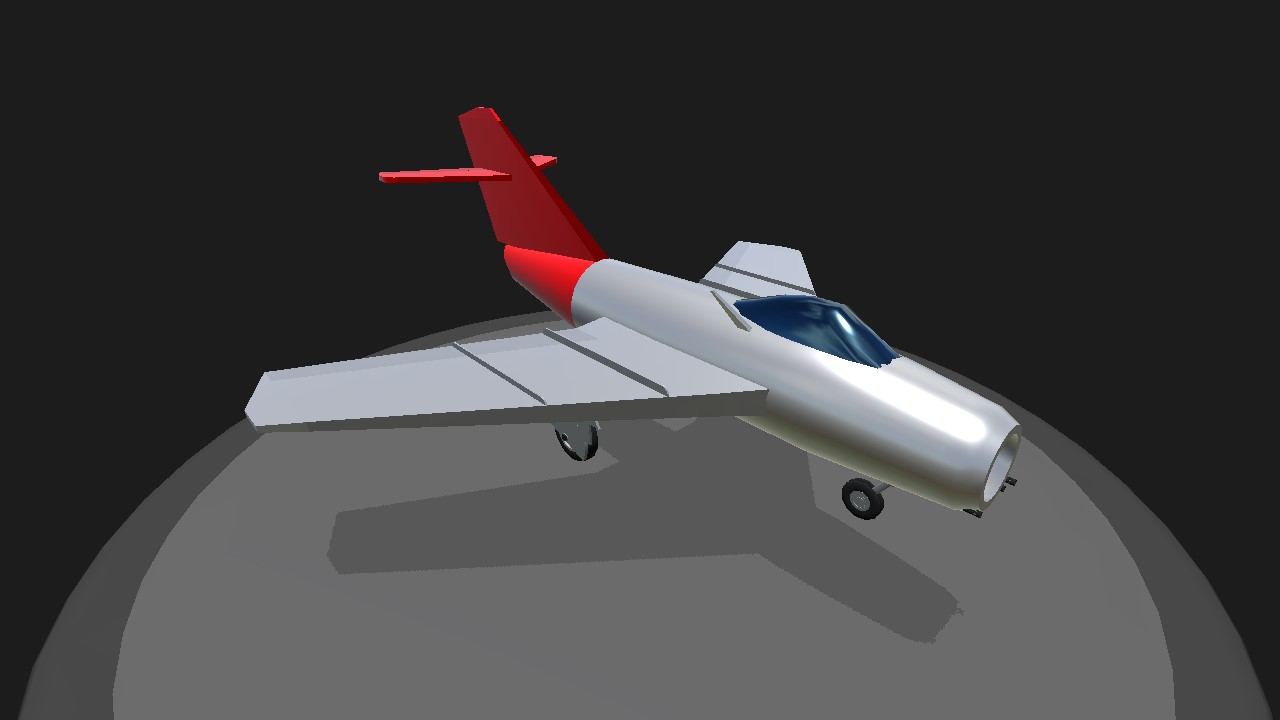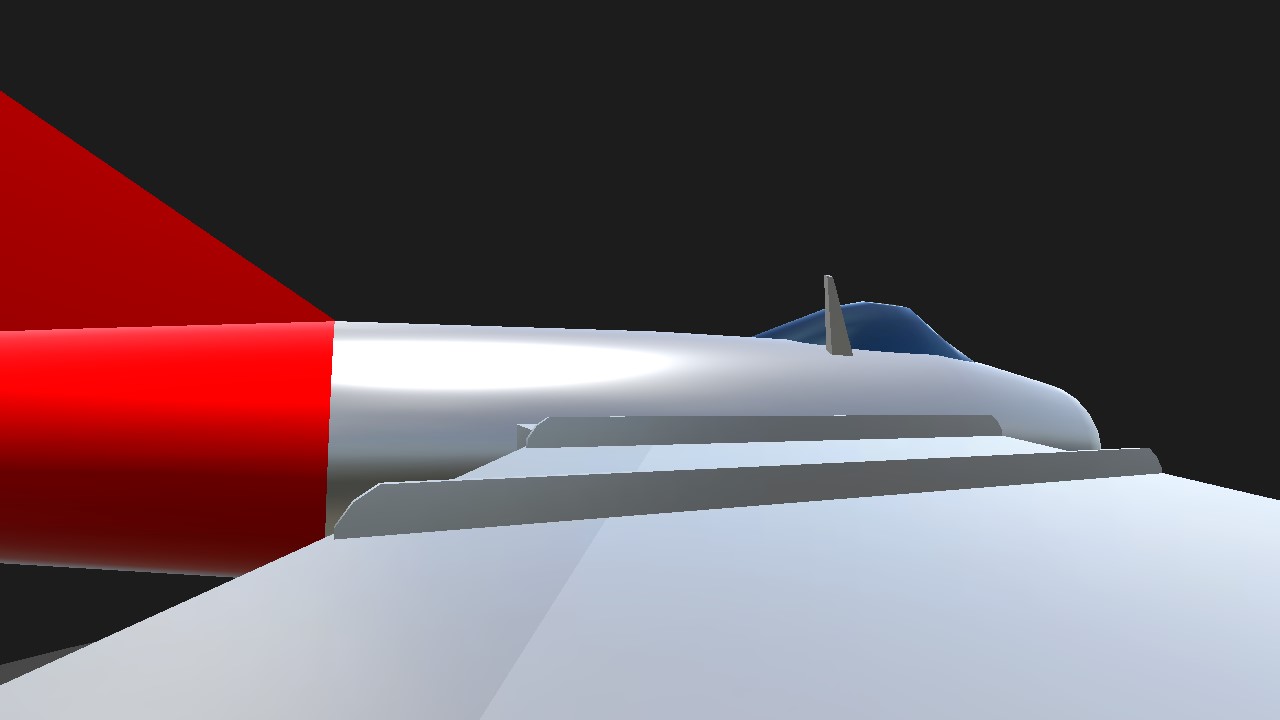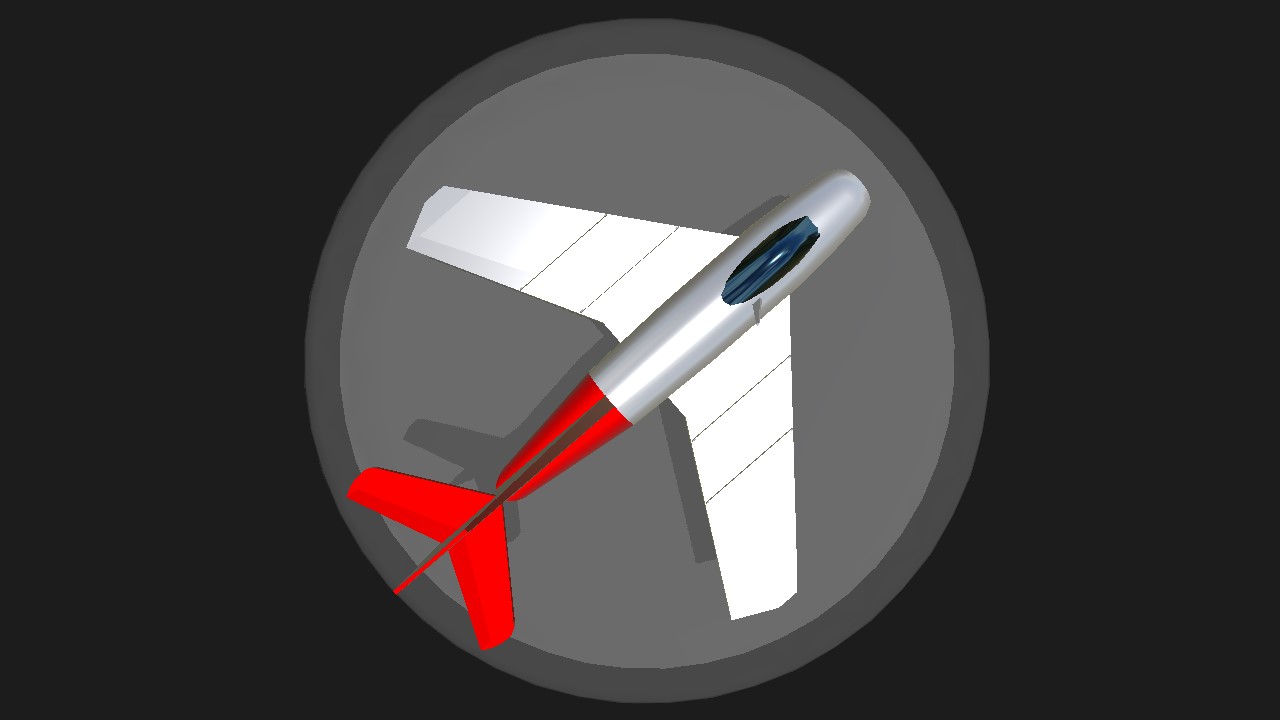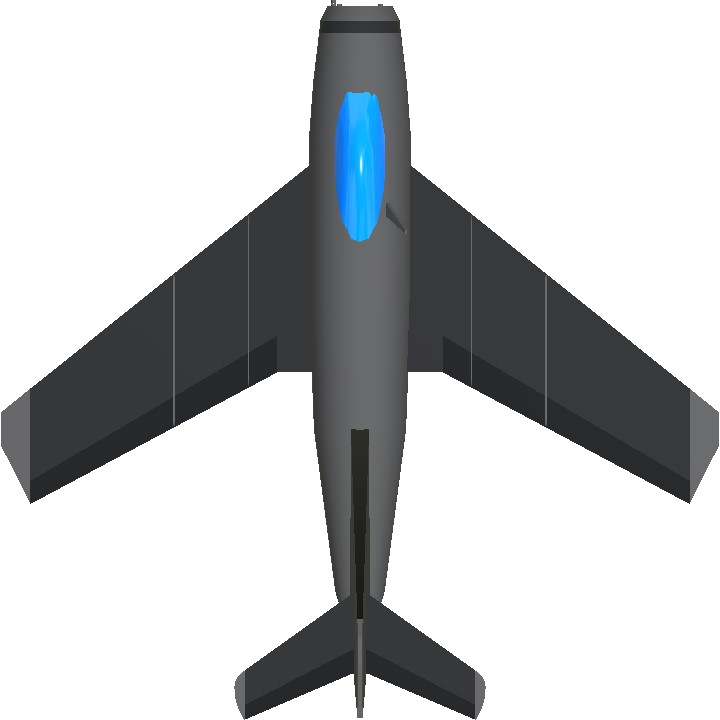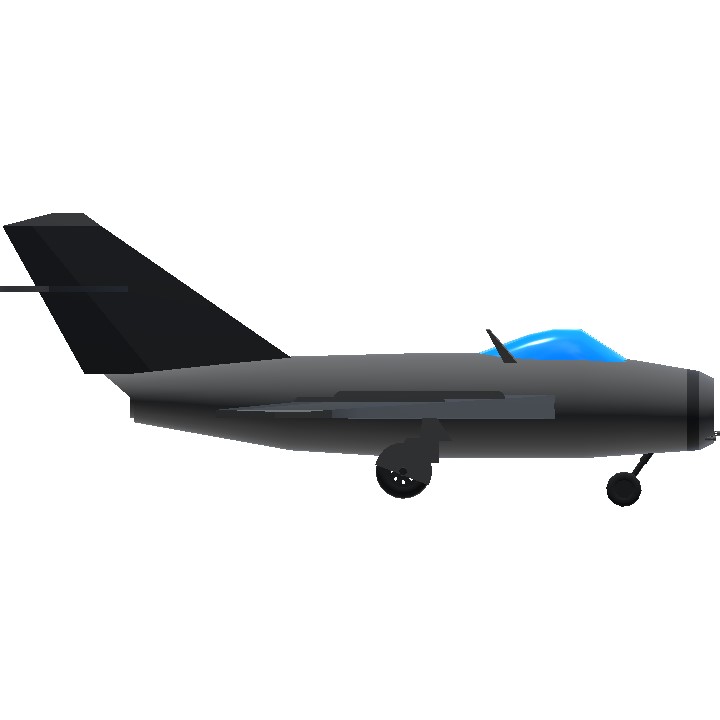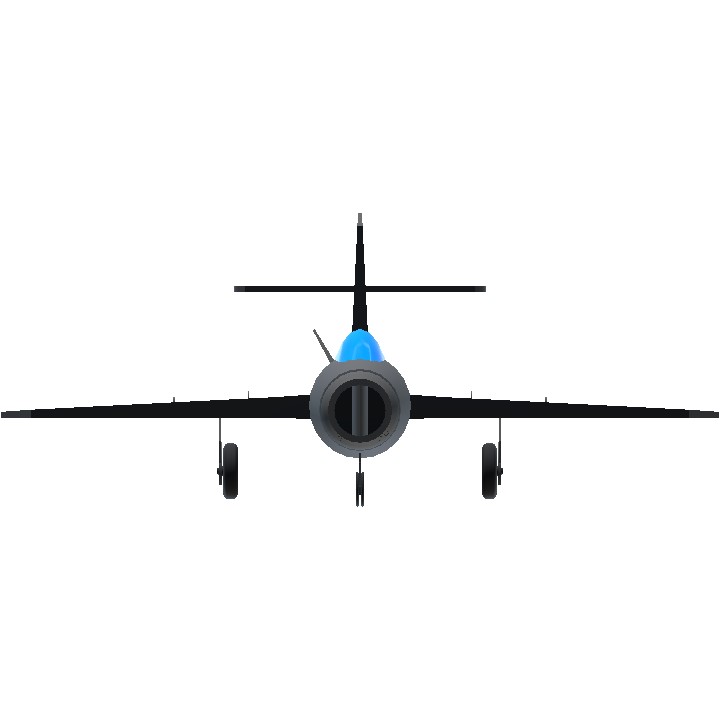The flying cigar who starts "El Classico of Choseon Airspace"~
Mikoyan-Gurevich MiG-15
The Mikoyan-Gurevich MiG-15, a Soviet jet fighter developed shortly after World War II, is a legend of aviation history, forever etched in the collective memory as the aircraft that shocked the West during the Korean War. Its introduction marked a paradigm shift in aerial combat, proving the superiority of swept-wing jet designs and forcing Western powers to rapidly develop comparable technology. More than just a technological marvel, the MiG-15 became a symbol of the Cold War, representing Soviet engineering prowess and the ever-present threat of communist aggression.
The MiG-15's creation was born from a confluence of factors. The Soviet Union lagged behind Western Allies in jet engine technology at the end of WWII. However, through a combination of espionage and fortunate acquisition of British Rolls-Royce Nene and Derwent jet engines (which Stalin infamously dismissed as "unnecessary"), the Soviets were able to leapfrog ahead. These engines were reverse-engineered and improved upon, leading to the development of the Klimov VK-1, the powerplant that would ultimately drive the MiG-15.
The VK-1 engine, coupled with groundbreaking swept-wing design, proved to be a winning combination. The swept wings provided excellent high-speed handling and maneuverability at altitudes previously unattainable by propeller-driven aircraft. The MiG-15 boasted impressive speed and climb rates, exceeding those of most Western fighters at the time.
The aircraft's armament consisted of a potent combination of one 37mm Nudelman N-37 cannon and two 23mm Nudelman-Suranov NS-23 cannons. This heavy firepower was devastating against larger, less maneuverable aircraft, including American bombers. However, the differing ballistics of the cannons and the relatively slow rate of fire posed challenges for accurate gunnery.
The MiG-15 debuted in the skies over Korea in late 1950, quickly establishing air superiority against UN forces. Its superior speed, climb rate, and maneuverability put it head and shoulders above the straight-winged Lockheed P-80 Shooting Star and the Republic F-84 Thunderjet. The MiG-15's appearance over MiG Alley, a region in northwestern North Korea near the Yalu River, forced the USAF to deploy its new North American F-86 Sabre, culminating in a fierce air war between the two iconic aircraft.
While the F-86 was generally considered to have an edge in pilot training and overall technology (especially in later variants), the MiG-15 still posed a significant threat. The MiG-15's superior altitude capability often allowed it to dictate the terms of engagement, and its robust construction could withstand considerable damage. The combat experience in Korea revolutionized fighter design globally, solidifying the swept-wing configuration as the standard for jet fighters for decades to come.
The MiG-15 was widely exported to Soviet allies and satellite states, seeing service in numerous conflicts throughout the Cold War, including the Suez Crisis, the Vietnam War, and various regional conflicts in Africa and the Middle East. It solidified its place as a symbol of Soviet technological prowess and a testament to the effectiveness of its military aid program.
The MiG-15 remains a significant aircraft in aviation history. It revolutionized fighter design, shaped the course of the Korean War, and became a symbol of the Cold War. Its impact is still felt today, with many modern fighter jets drawing inspiration from its design principles. Numerous examples are preserved in museums and private collections around the world, ensuring that its legacy endures.
Possible Aircraft Nicknames, Hypothetically:
"MiG Alley Ace": A straightforward reference to its success in MiG Alley during the Korean War.
"Sweepwing Fury": Highlights its defining feature and powerful performance.
"The Commie Comet": A Cold War-era nickname referencing its speed and association with the Soviet Union. (Potentially derogatory, depending on the context).
"Silver Bullet": Referring to its often-unpainted metal finish and deadly effectiveness.
"The Arrow": Referring to its swept wing and sleek profile in flight.
"The Bandit/Bogey": Common generic terms employed by Western pilots for opposing aircraft.
"Silver Swallow": A more poetic nickname referencing its sleek, metallic appearance and swift maneuverability.
"Ivan's Broomstick": A somewhat derogatory, but perhaps humorous, nickname used by Western pilots, highlighting the simplistic appearance of the aircraft.
"Sabre Killer": This nickname, while not universally applicable (the F-86 Sabre held its own against the MiG-15), might have been used in contexts where MiG-15 pilots had achieved notable success against Sabres.
"The Bite": Referring to the powerful 37mm cannon and the damage it could inflict.
"Red Menace": A dramatic, Cold War-inspired nickname emphasizing its perceived threat.
"The Equalizer": Reflecting its ability to challenge Western air superiority in the early 1950s.
"Korean Killer": A stark and potentially controversial nickname referencing its impact on the Korean War.
"VK-Whistler": Referring to the sound of the VK-1 engine at high speeds. (More niche and technical).
"Midget (for MiG-15UTI)": As noted before, its NATO reporting name could be adopted by pilots and enthusiasts for the trainer variant.
"The Fishbed's Ancestor": Refering to the MiG-21's NATO reporting name and the design similarities between the two aircraft.
- About the variant
Samolet SD, improved single-seat fighter version powered by a Klimov VK-1 and with enlarged air brakes. Changes made during production include the replacement of the NS-23 autocannons with the NR-23, the addition of an OSP-48 instrument landing system, and a revised canopy to improve view. Aircraft produced at the Gorky factory were given the product code Izdeliye 53, while aircraft produced at the Kuybyshev factory were Izdeliye 55 (same as the MiG-15bisR).
C O N T R O L S
Trim : Flaps, cruising 'rotate' adjuster
VTOL : Further flaps
Specifications
General Characteristics
- Created On Android
- Wingspan 35.8ft (10.9m)
- Length 35.8ft (10.9m)
- Height 14.7ft (4.5m)
- Empty Weight 4,562lbs (2,069kg)
- Loaded Weight 7,310lbs (3,315kg)
Performance
- Power/Weight Ratio 0.772
- Wing Loading 19.9lbs/ft2 (97.2kg/m2)
- Wing Area 367.3ft2 (34.1m2)
- Drag Points 1538
Parts
- Number of Parts 53
- Control Surfaces 7
- Performance Cost 341

